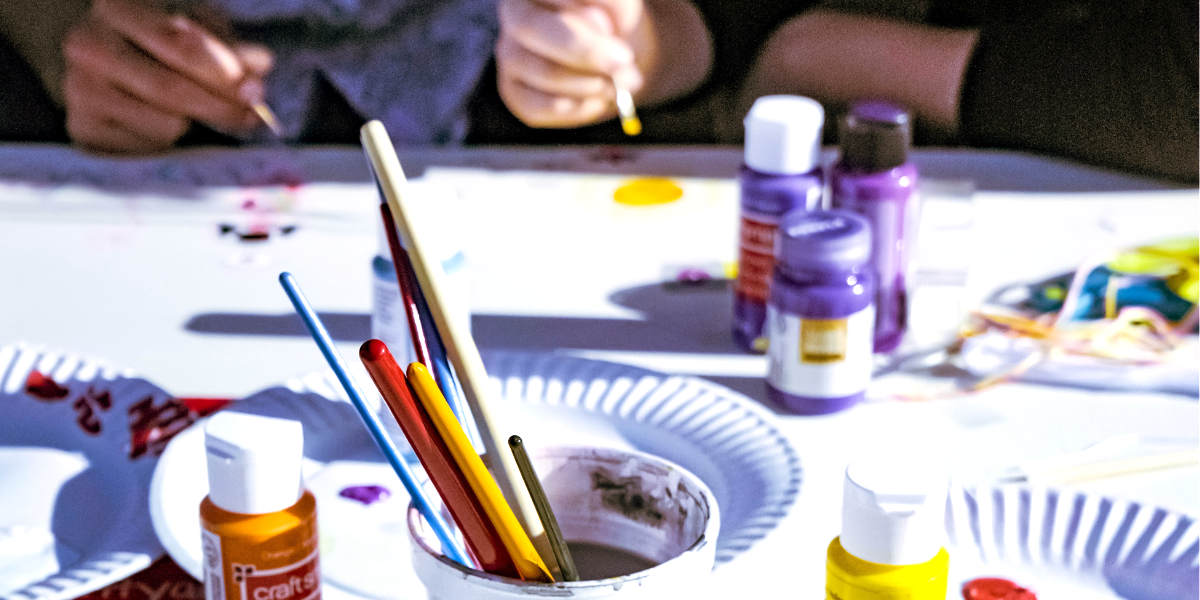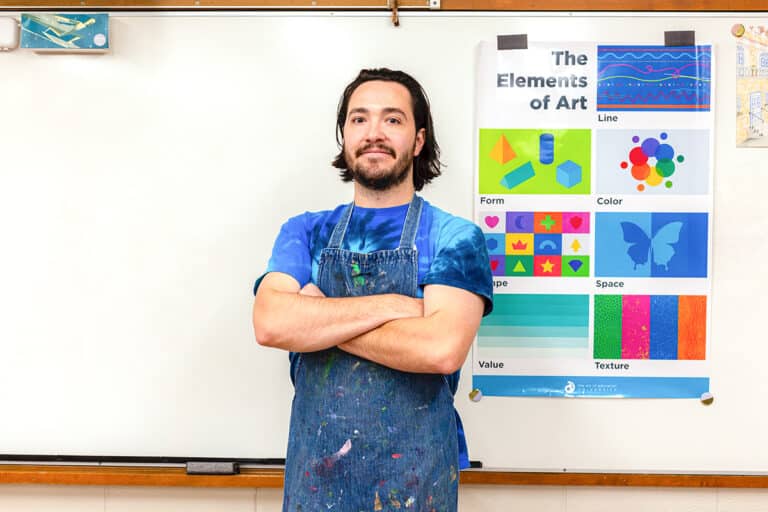The pandemic has taken educators on a wild ride since the spring of the 2019–2020 school year. Distance learning was hard on art teachers and classes who thrive with hands-on, messy work. We suddenly had to figure out a web-based way to deliver instruction without adequate preparation. Then came the challenge of nurturing relationships and problem-solving materials for our students. Some of us even had to cater to a hybrid arrangement.
The reality is coping with the toll of ongoing changes, adapting to new technology, and grappling with a new normal have been hard to process. You may be wondering, “What do I have to show for it?” My guess? More than you think!
Though it’s been a bit of a blur, here is a reminder of how incredible you are and some ideas you can do with your new skills!
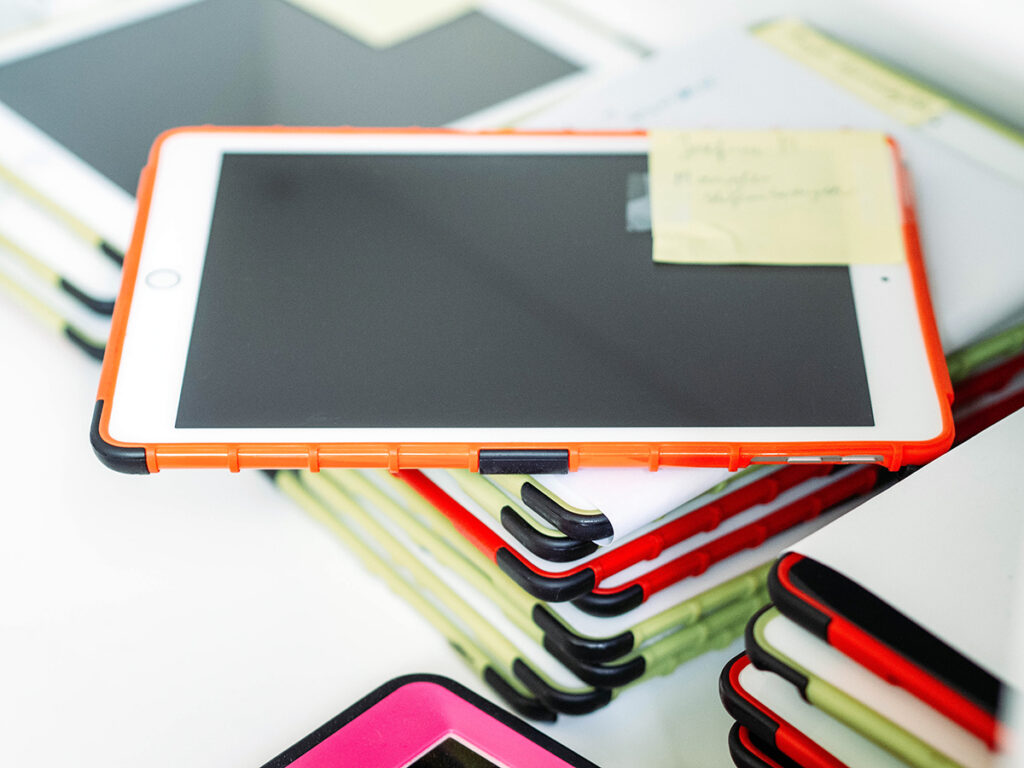
1. Proficient with Technology
This one is a no-brainer! Whether interested or ready, art teachers across the country rose to the challenge of learning new technologies. Beyond figuring out how to connect with students online, we became filming and tech issue wizards. In her article for EdNC, Molly Osborne Urquhart commented, “Educators said one silver lining of the pandemic was the fact that it forced schools and districts to upgrade technology and it forced teachers to learn how to use it.”
Until we find our groove in the classroom, teachers can be reluctant to make changes or incorporate technology. Distance learning moved that needle and challenged us to roll with it. We even used digital programs for art creation. Now that we have passed the learning curve experimenting with new technology is far less daunting.
Ideas to Try:
- Experiment with Procreate if you have access to iPads.
- Try Pixlr for drawing and photo editing with computers.
2. Confident on Camera
If you did not film video instruction before the pandemic, it may have been a surprise to see yourself on screen. Video playback of your instruction is an excellent professional development tool for educators. If your camera presence came across as a little nervous or rambling at times with lightning-fast speech, know you are not alone. At first, filming is awkward at best and cringeworthy at worst. Luckily, it becomes easier, and you become more confident with each video.
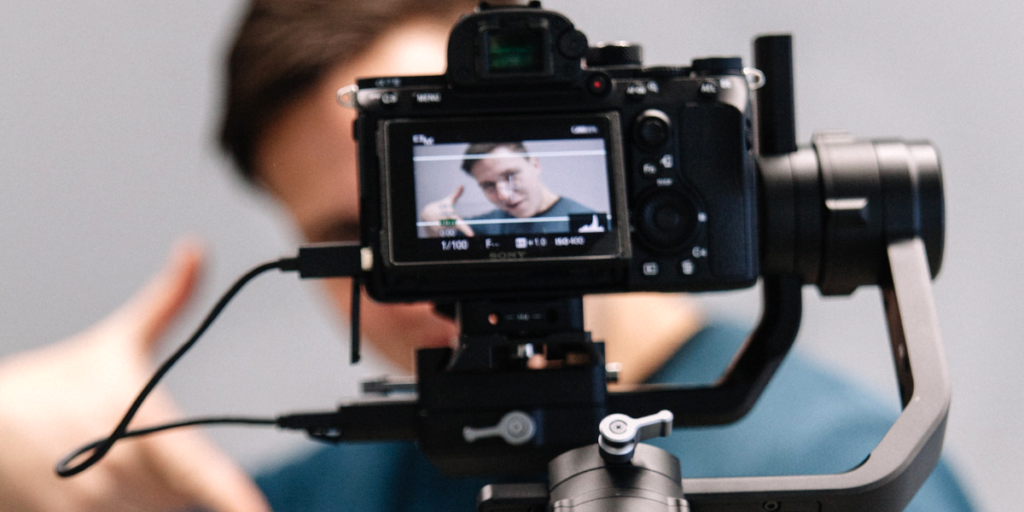
Here are some meaningful takeaways for on and off camera:
- Simplify project steps to the essentials.
- Clarify language by following outlined scripts.
- Zoom in on details using a document camera or overhead camera angle.
Idea to Try:
Pass your knowledge onto students and have them film themselves teaching a lesson or summarizing what they have learned.
3. Created Responsive Classrooms with SEL
The past few years have been challenging on every front, causing many families to upend their lives. Dr. Stephanie Ross with the Kellogg School of Management reported a dramatic rise in serious conditions since the onset of the pandemic.
These serious conditions include but are not limited to:
- Anxiety
- Depression
- Insomnia
- Distractibility
- Alcohol use
- Isolation
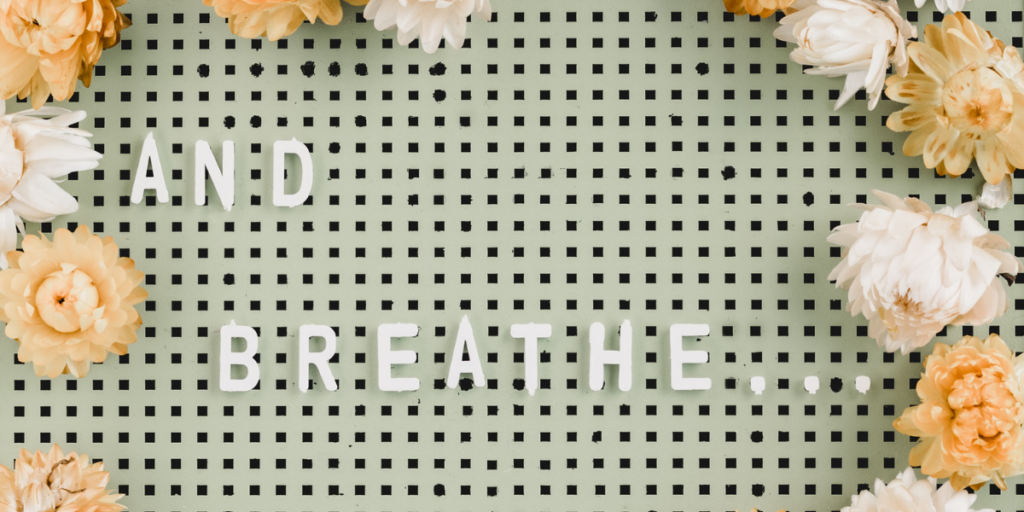
For many, there have been and continue to be realities and fears associated with Covid-19, race and social justice, and violence in the news cycle. We have seen these make their way into our classrooms. We responded by supporting students as they navigate these experiences at home and within themselves.
We have cultivated:
- Emotionally safe spaces.
- A climate of student feedback.
- A focus on mindfulness.
We have also added in more play! Art educators across the nation came up with creativity challenges like assembling color wheels with objects at home and recreating famous artworks from museums. These challenges are excellent avenues to provide students with fun project breaks that still help build art skills.
Ideas to Try:
- Incorporate silly online games using Kahoot.
- Generate a class set of Bingo cards to study for quizzes.
- Play with students to take a fun break from the usual routine.
4. Connected with the Art Teacher Community
Art teachers everywhere took to the internet to manage uncertainty and confusion when our jobs moved online. When a clear direction was lacking, we turned to our art education communities on social media for connection and support. Our burning questions about ways to manage art materials, modify lessons, share resources, and create art kits, were answered, and our sanity stabilized.
Art educator Christine Doherty summed this up with, “I’ve seen techniques done in new ways, skills taught in ways I never would have thought to teach them. This is an opportunity to see how each other teaches!” There was a huge learning curve for even the most veteran art teachers. Imagine first-year art teachers who were thrown into complete chaos to kick off their careers during the pandemic. You can read about their reflections in this article.
Often we find ourselves without an art department in our school building. The best part about connecting online is the ability to lean on our art colleagues for support and resources when we need them most. So many art teachers are ready to support you and offer ideas—you just need to reach out!
Ideas to Try:
- Follow and interact with art educators on Instagram.
- Search hashtags like #artteachersfollowartteachers.
- Connect with folks on AOEU’s Instagram through post discussions, stories, and IG Live.
- Leave comments and questions on #artteacher accounts.
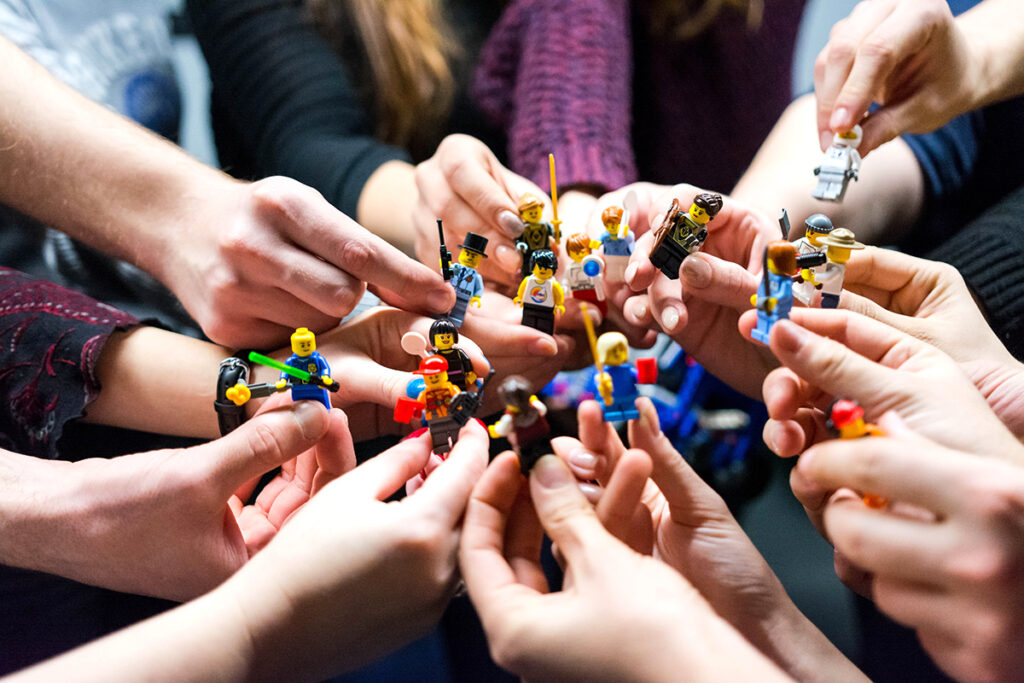
5. Ability to Chunk Projects
Distance learning illuminated students’ waning attention spans. It forced us to examine the practicality of lengthy units. Researcher Natasha Georgiou suggested educators “Break-up lessons to allow students to focus and process information that has been already given.” You know this as content chunking.
We realized we could chop up extended units into more digestible sections that are more engaging. This strategy keeps the topic exciting and appeals to different types of learners. A side benefit is that it allows you to recover from material-heavy lesson prep and cleanup.
Ideas to Try:
- Keep all instructional videos to six minutes or less.
- Provide brain breaks and movement.
- Chunk your units into mini-lessons when possible.
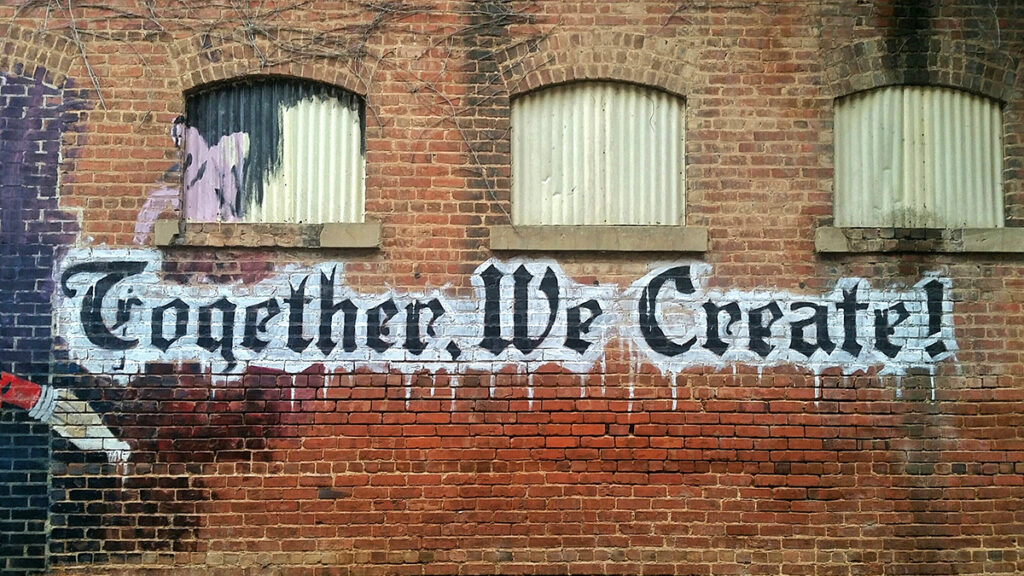
6. Harnessed the Power of Collaborative Artmaking
Teachers and students across the nation were unsure what to expect upon return to in-person learning. Because students were away for a significant amount of time, we created opportunities to reintegrate their social skills by diving into collaborative assignments.
Collaborative work allowed students to lean on each other and divide the workload. They have shared successes and challenges while managing group dynamics to achieve a common goal. These experiences greatly improved in-person communication.
Idea to Try:
Return to collaborative artmaking frequently to help students practice their social skills and tackle problems as a team. As students become more comfortable, increase the authenticity in their collaboration. In doing so, students take on more ownership and management of their projects.
7. Resilient
Switching from teaching our go-to lessons in person to teaching through an online platform was a sudden change for all of us. We had to innovate in a different paradigm with a technologically steep curve. Even though it was hard, we pushed through, figured out solutions, and are better teachers because of it.
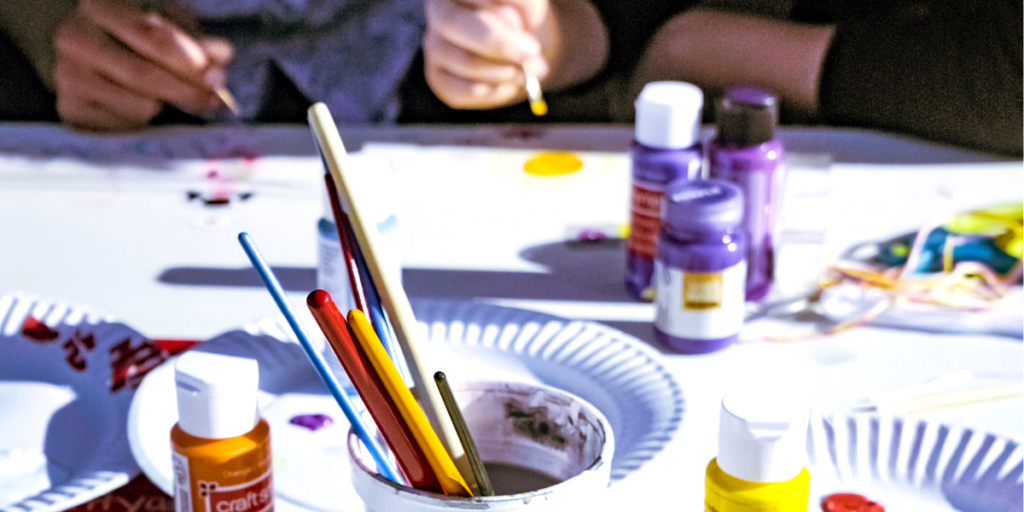
Over the past couple of years, we acquired the skills we needed. These skills served our budding artists and us immediately. Luckily, they carry over to in-person learning and continue to benefit us today. You have grown tremendously, even if you haven’t been able to process it yet. Your new skills are a reminder of your resilience and ability to rise to the challenges ahead!
What is another skill you gained this past year?
How has your teaching practice grown as a result of distance learning?
Magazine articles and podcasts are opinions of professional education contributors and do not necessarily represent the position of the Art of Education University (AOEU) or its academic offerings. Contributors use terms in the way they are most often talked about in the scope of their educational experiences.
